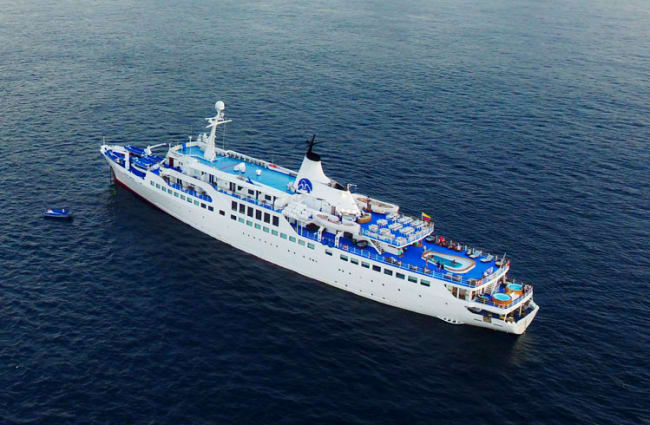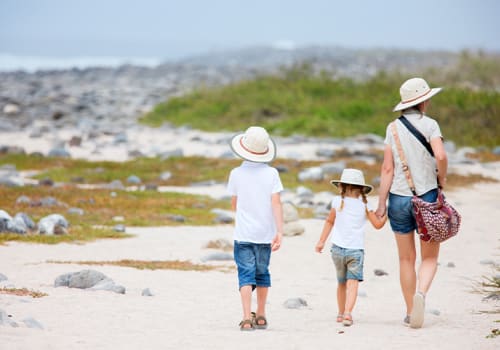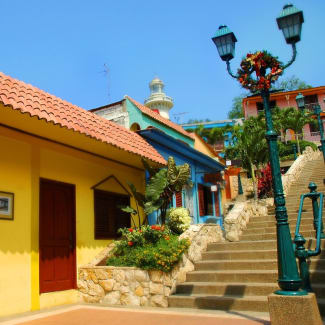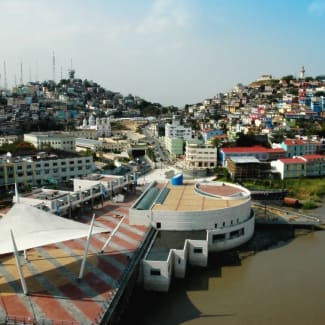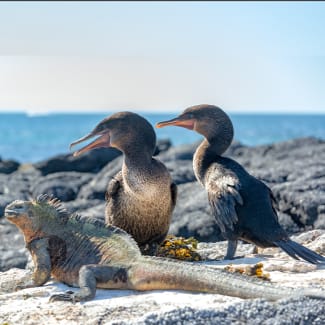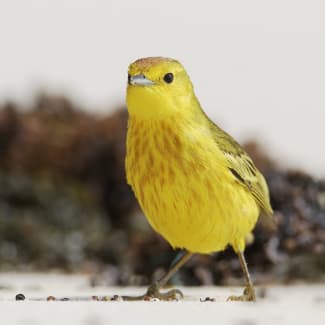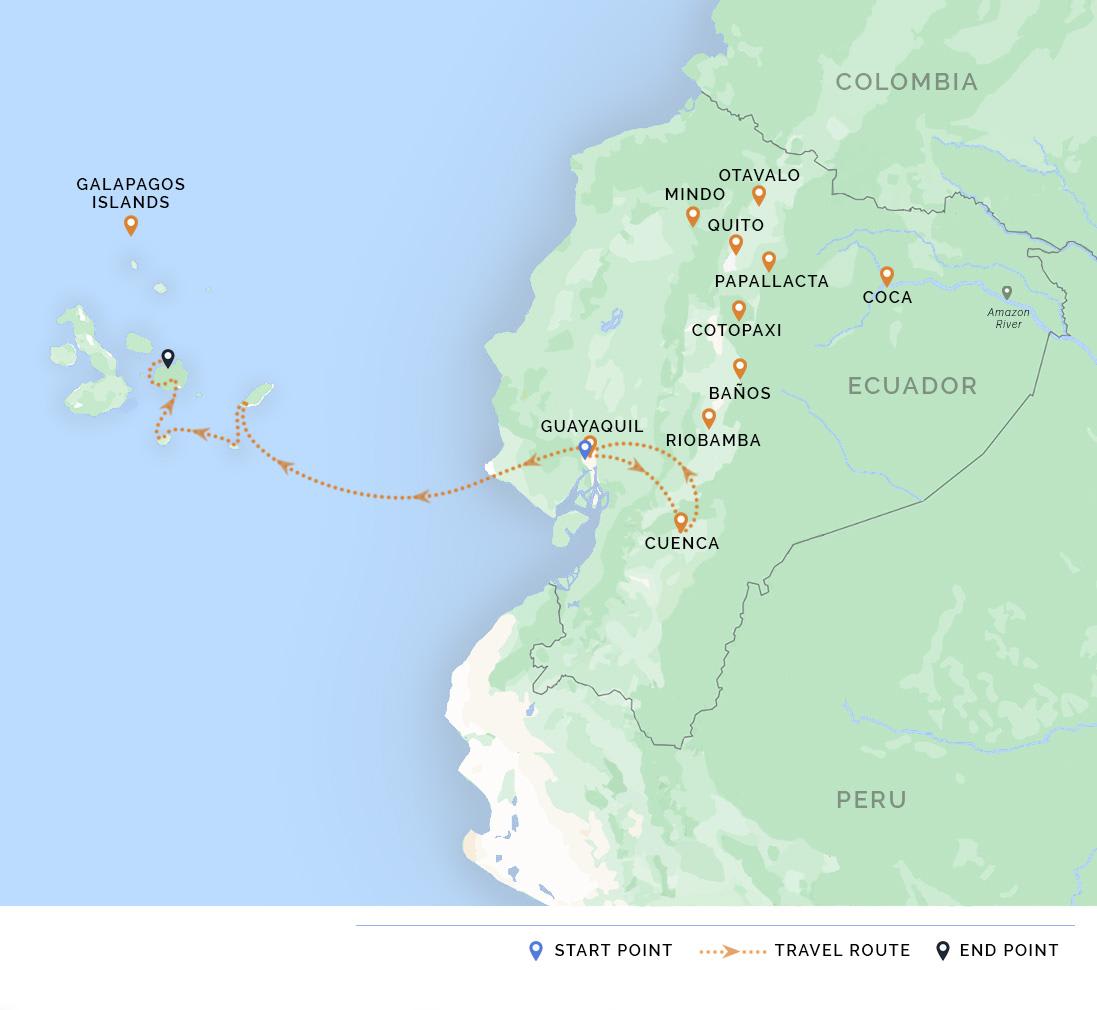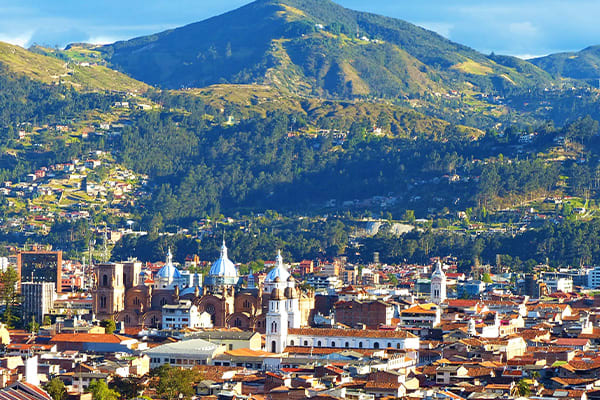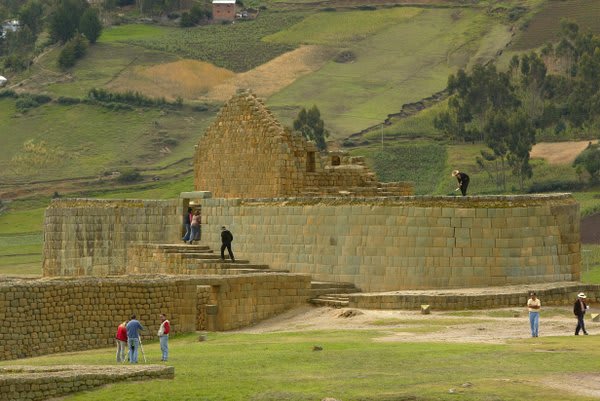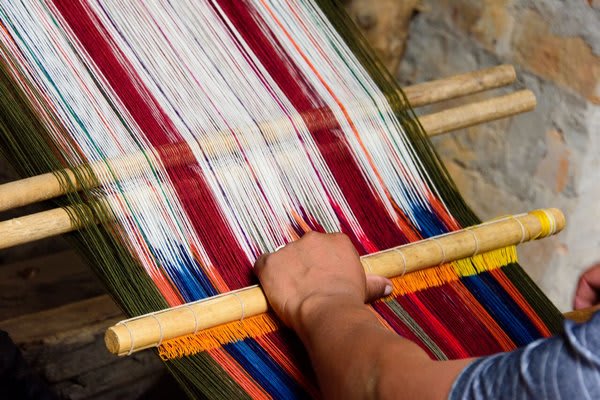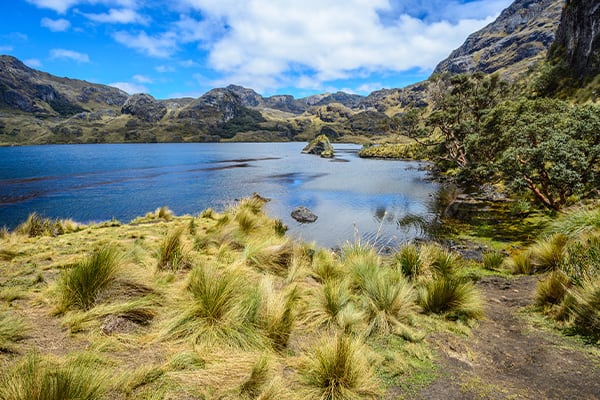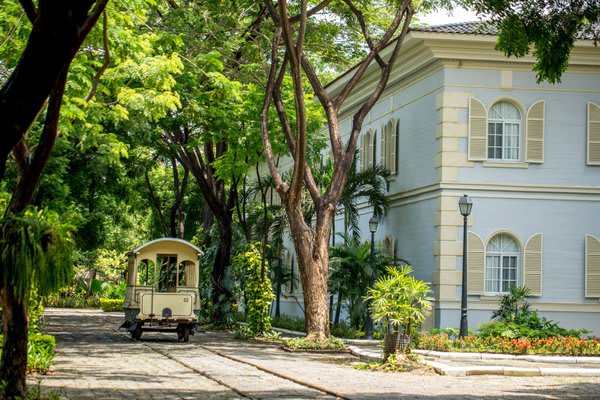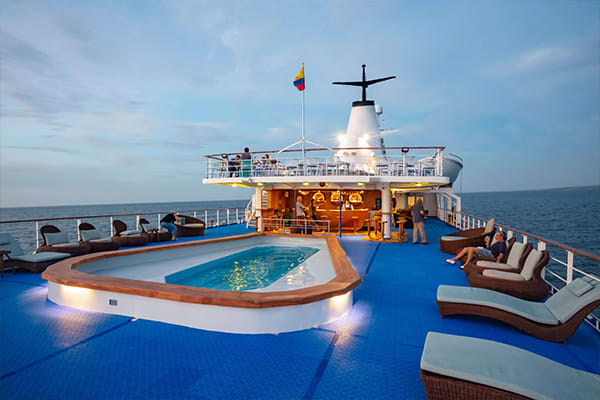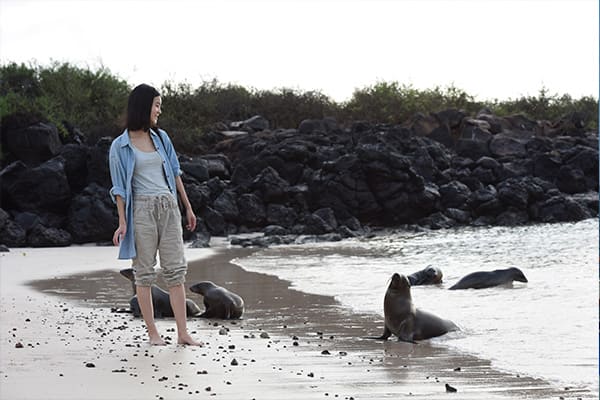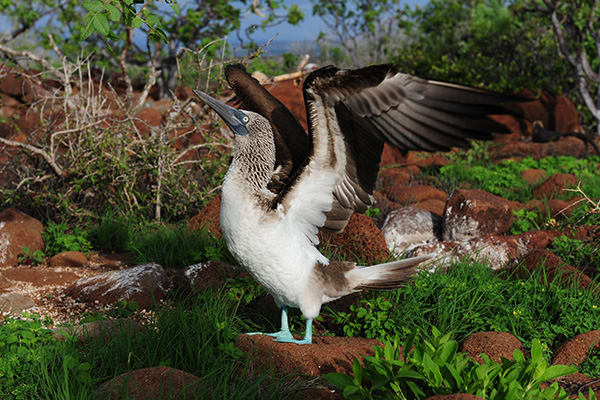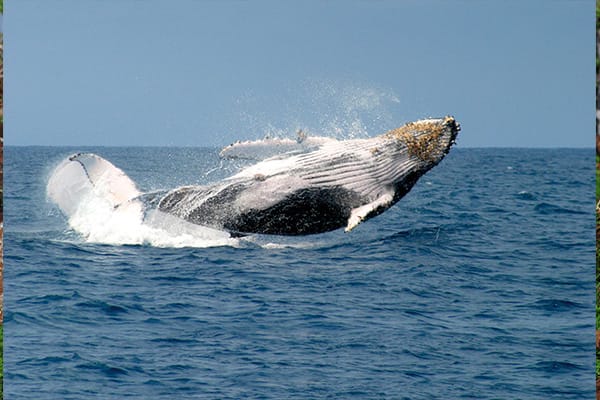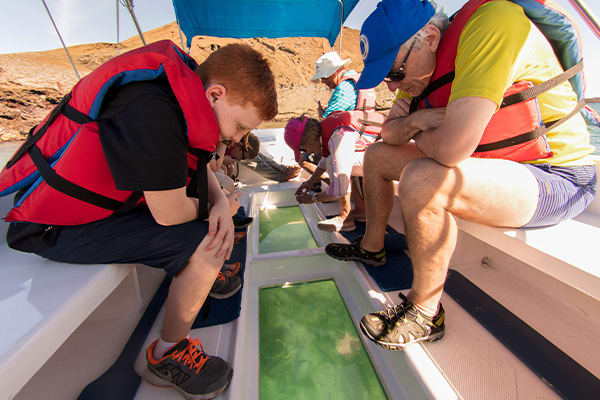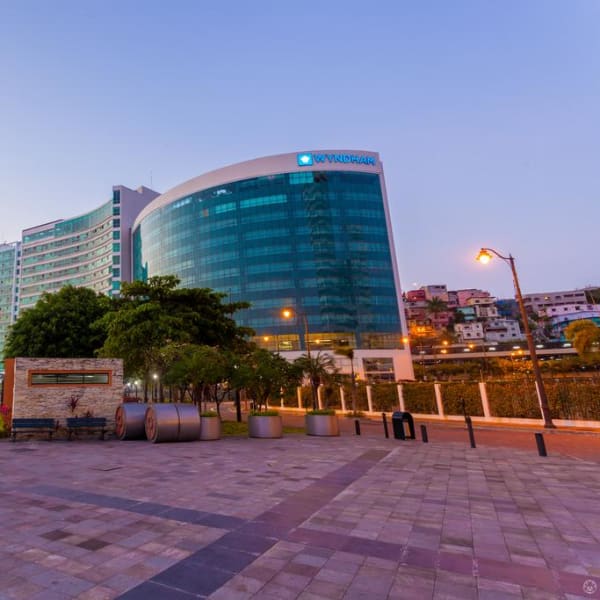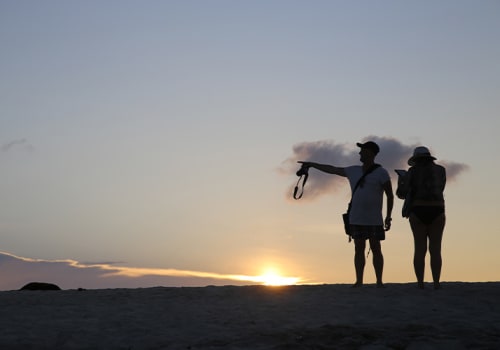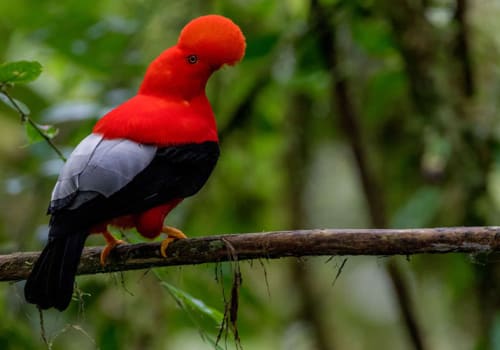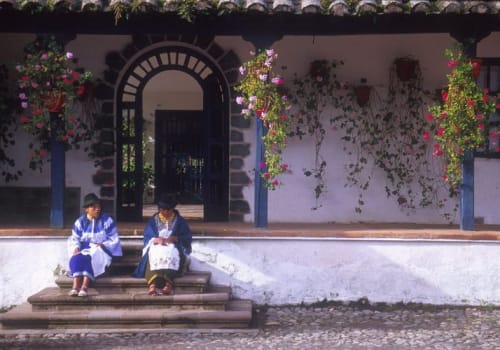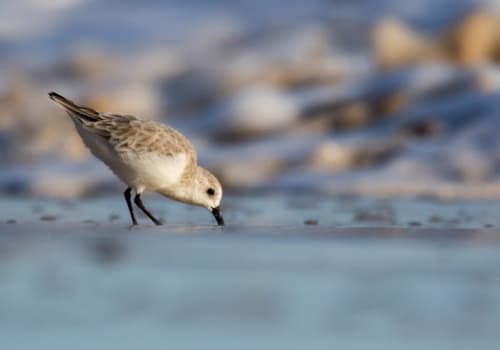Overview
Everything you need and want in a family vacation can be found in this 10-day Galapagos & Cajas National Park tour. Explore the unique landscapes and cultural offerings of mainland Ecuador, then join a thrilling cruise through the Galapagos Islands for a truly unforgettable experience.
Colonial City of Cuenca and Cajas National Park Tour
Departing from Guayaquil, you will be transported via air-conditioned vehicle to the colonial city of Cuenca. The ride itself offers spectacular scenery and an introduction to the diverse beauty to be found throughout the Ecuadorian mainland.
Once in Cuenca, the striking architecture of this UNESCO World Heritage Site will captivate your attention. A walking tour is a perfect way to learn more about these amazing historic buildings and also show you the all-around beauty of this unique city.
Enjoy excursions from here, such as a tour of Ecuador’s most famous archeological site, the Ingapirca Fortress, and the amazing engineering feat of the zigzag railroad known as The Devil’s Nose.
Crafts abound in this region of the world, and you’ll get a glimpse of how the local crafters go about their artistic work in the nearby towns of Chordeleg and Gualaceo. Learn the ancient way of making textiles, still practiced today. Visit workshops for making musical instruments and traditional jewelry.
A highlight of your tour is a trip to Cajas National Park, which encompasses a variety of unique landscapes, including cloud forests, grasslands, and rocky lunar-type landscapes. More than 200 lakes are scattered out across the park, and wild llamas roam freely. You’ll also likely spot toucans and the majestic Andean Condors flying overhead. Cajas National Park tours are, by far, one of the best ways to see the overall diversity of wildlife and landscapes found here in Ecuador.
After your park visit, you’ll return to Guayaquil and have a chance to tour this friendly, coastal city.
Galapagos National Park Tour
From Guayaquil, a short flight takes you into the heart of the Galapagos Islands, where you will board the M/V Galapagos Legend for your four-night island cruise. This ship offers you a choice of four different cabin types, including the Standard Interior, Standard Plus, Junior Suite, Balcony Suite, and Legend Balcony Suite options. Social spaces abound for you to enjoy also, including a sundeck, Jacuzzi, sauna, jogging track, pool, and lounge. There’s always something to do onboard, from games to karaoke at night.
You’ll begin your adventure with a stop at the Museum of Natural History and Interpretation Center for an overview of the islands and where they come from. Thereafter each day will give you a greater insight into these remarkable isles, with daily island visits bringing excitement, adventure and more opportunities to see their breathtaking biodiversity despite their remote location.
On each island, you’ll explore in different ways, including hiking, swimming, snorkeling, kayaking, or observing from the deck of the ship. Walk through volcanic formations and lava tunnels, hike to see the flamingo population, and maybe even catch a glimpse of the elusive penguins or sea lions. See how many exotic birds you can spot, including the Waved Albatross, Red-billed Tropicbird, and Blue-Footed Booby.
No trip to the Galapagos is complete without a visit to the Charles Darwin Research Station to learn about the outstanding and crucial conservation work they do in conjunction with the Galapagos National Park, and you’ll get the chance to learn about this, including the giant tortoise breeding program, and so much more.
Itinerary & Prices
All itineraries are subject to change due to seasonal weather conditions (and resultant variations in river and tributary water levels) affecting accessibility to locations. Thus navigation routes, times and excursions may need to be modified at the cruise captain’s or your guide's discretion.
Accommodations
Cruises & Lodges
